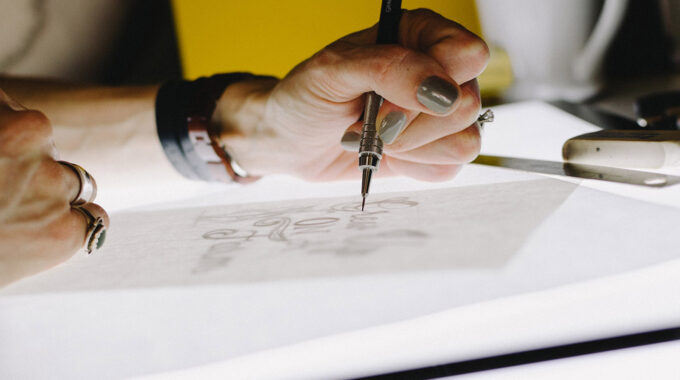Logo History – How Logos Came into Existence
When did the first logo come into being? Maybe a herdsman, a cattle owner, who lived ten thousand years ago, decided to brand his cows because he wanted to make rustlers’ life a little harder. Maybe it was when armies, from small cohorts to large legions, started marking their shields and banners with heraldic symbols. Any such event could be considered the beginning of the history of logos.
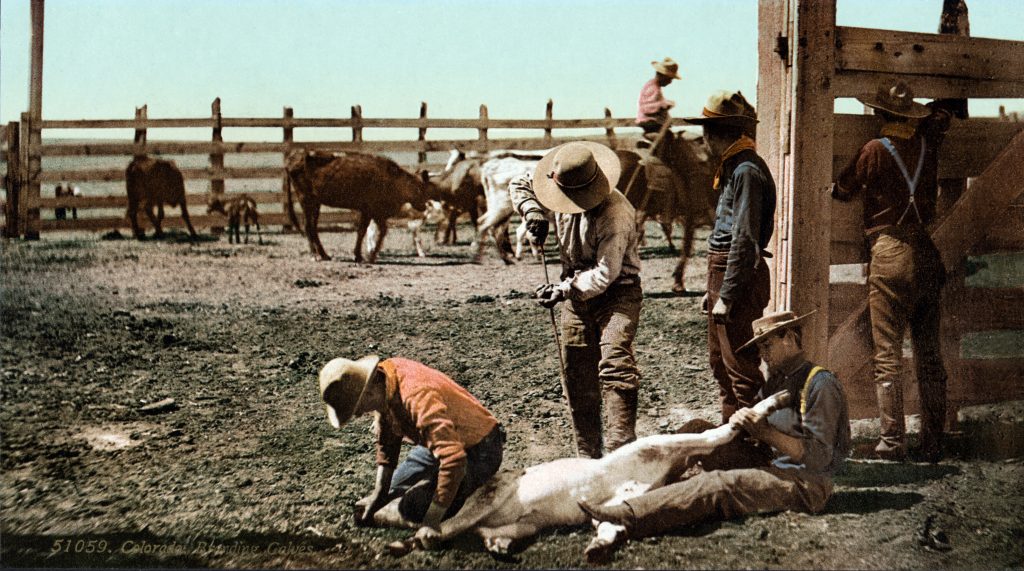
It is hard to ascertain a definite date in the history of humans as to when logos came into being. What we can say though, about the origin of logos, by simple argument, is that they came before scripts had become accepted as the method of communication. We can see examples in the Egyptian and the Sumerian Hieroglyphics, which are comparable to simple present-day logos. Now we come to the commercial value, as is the contemporary practice, that is more relatable.
Origin of the brand
In the book titled “The Birth of Brand: 4000 Years of Branding History”, the authors, Karl Moore and Susan Reid suggest that trademarks have been used since times as old as 4000 years. In Mohenjo-daro and Harappa, the symbols (ranging from animals to gods) on the terracotta seals communicated the identity of the merchants or the authorities.

In the second millenium BC, the Yin dynasty ruled China. In that civilization, known as China’s bronze age, excavations have found evidence that shows a system of family coat of arms that were associated with their respective occupations. When extended to mercantile class, these artifacts must have served as trade symbols. According to the book, similar evidence of concepts that can be called brands exist through the Iron Age extending to the contemporary world.
A history in signage
Retail signage can be easily called the predecessor of the modern logo. During the late middle ages, retail signage was becoming somewhat standardised and was being enforced by law. An example of this is the 1389 decree by King Richard II of England, which sought to make it compulsory for pub/inn owners to hang a sign outside their properties. A law, which has now become tradition, as is seen in the illustrated signs and logos used by English pubs.
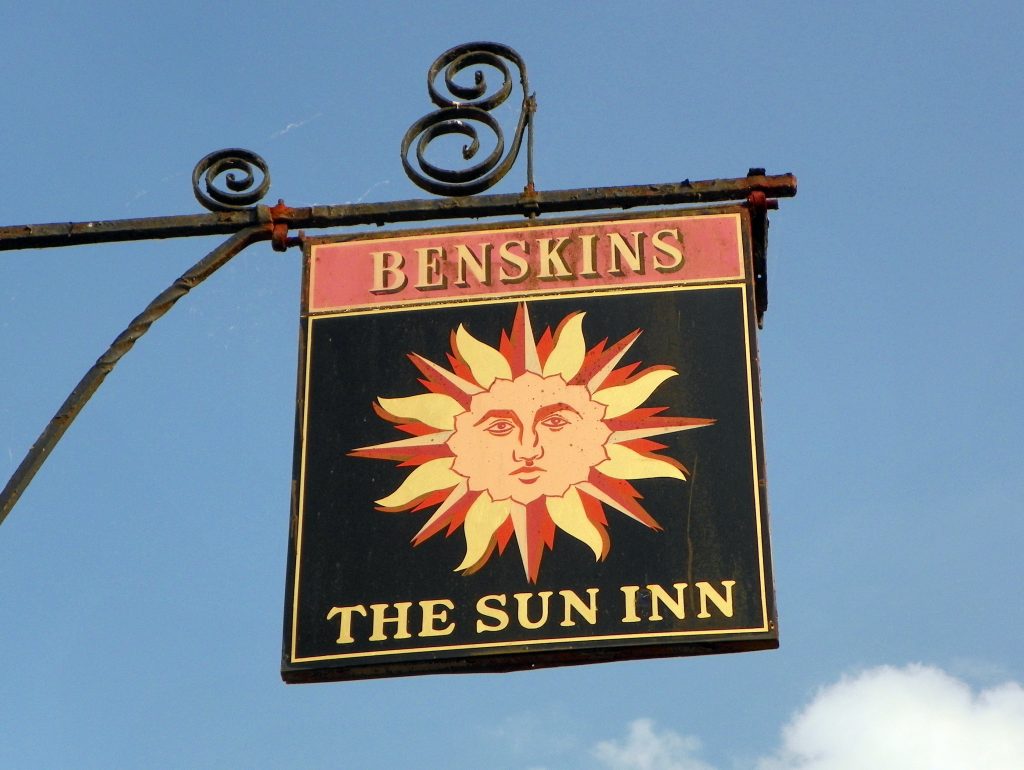
The English Royal household has also been issuing warrants since the middle ages. Current warrant holders, over 800 in number, vary from McVitie’s biscuits to Jaguar cars. This information is used by the warrant holders in their retail communication, to sort of say “because we’re good enough for the Royal family, we’re more than good enough for you”.
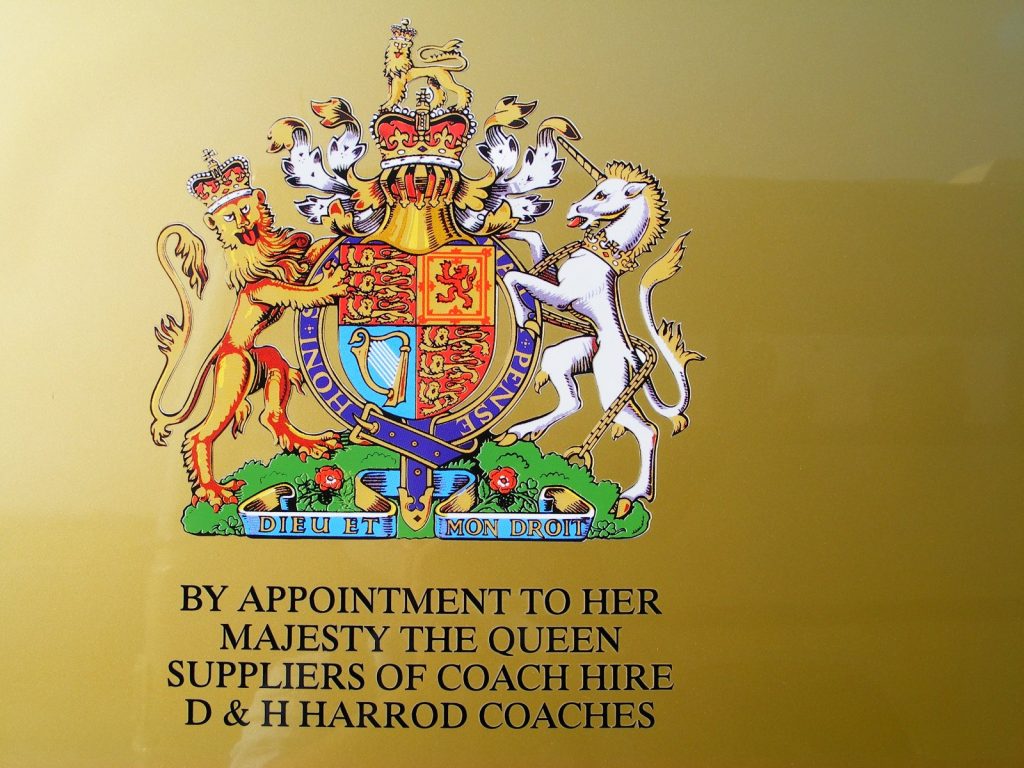
As businesses were growing out of localities and districts, to national markets, trademarks were seen as the way of protecting these businesses’ intellectual and commercial rights. So, the logos in the early days of modern trademarks gained uniqueness by way of complexity. These logos were nothing shy of the intricacies of the heraldic symbols from the middle-ages.

Since, the brand was being communicated by a limited number of channels, unlike today, distinguishing it from competitors was important from the first time that the signage was encountered by the consumer. This was done with lots of text and complex illustrations.
The very first modern logos, or rather, the early logos that we see were but purposed to serve as marks of quality. They exist to convey to the consumer that they can rely on the manufacturer that the said product will fulfill its function. The patch seen on the back of Levi’s jeans is a good example of this style and function.
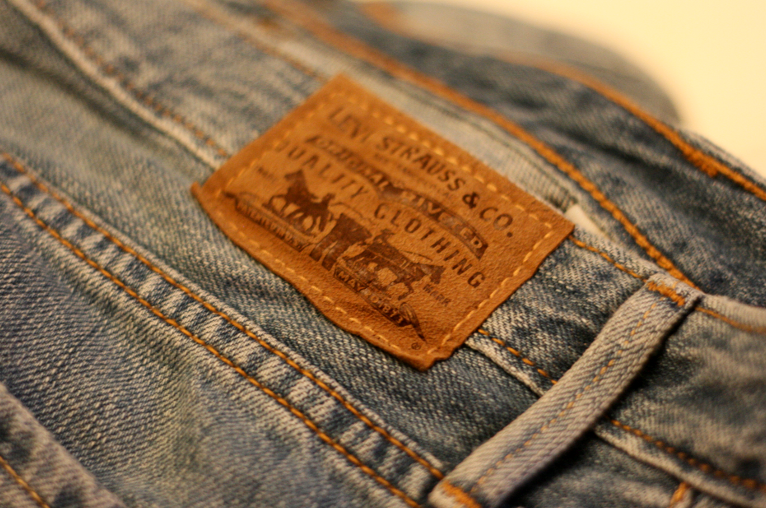
A common feature amongst such “earlier” logos is that they prominently feature the year of their establishment. This again is supposed to communicate quality, saying “Hey, we’ve been making it for so long. You can trust the thing.”
Logos in the 21st century
If you look at the evolution of any logo from the 20th to the 21st century, let’s say IBM, NBC, or McDonalds, you’ll see a move towards simpler designs. Presently, the logos of almost all multinationals have gotten rid of text in their logos, unless it is a wordmark or a lettermark.
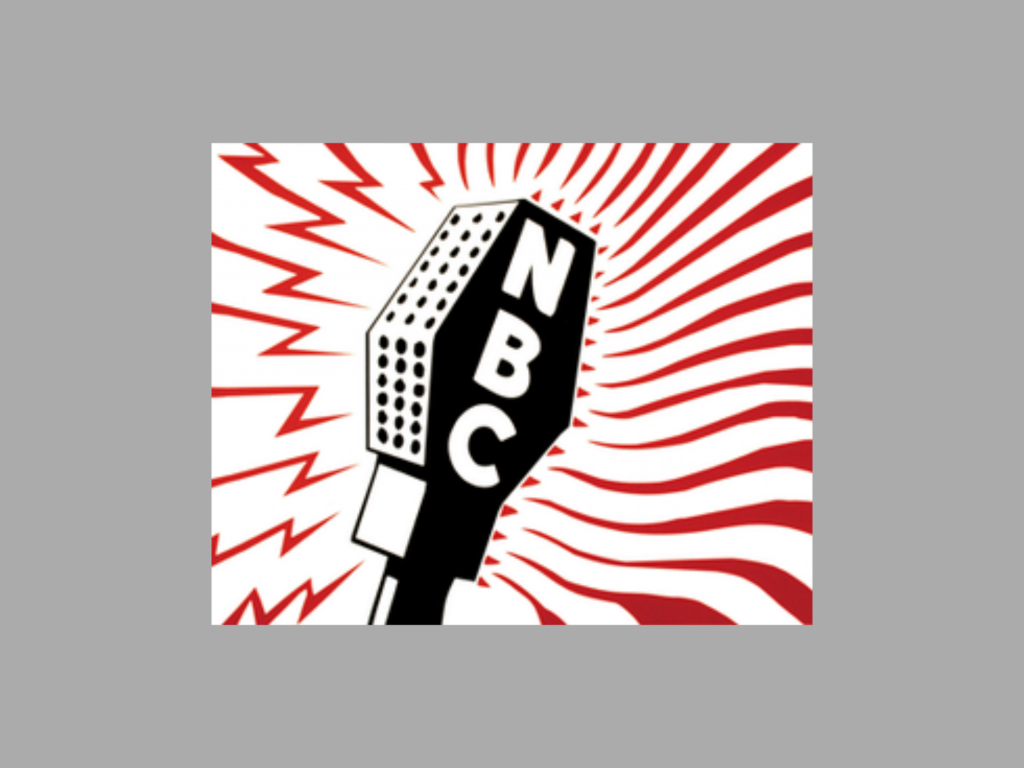
This change has been made first in favour of television, and in this decade to ensure accessibility of the logos on smaller screens. But as digital screens are achieving higher and higher pixel density, it wouldn’t be too much of a surprise if, in the coming years, we see a trend back towards the complex.

